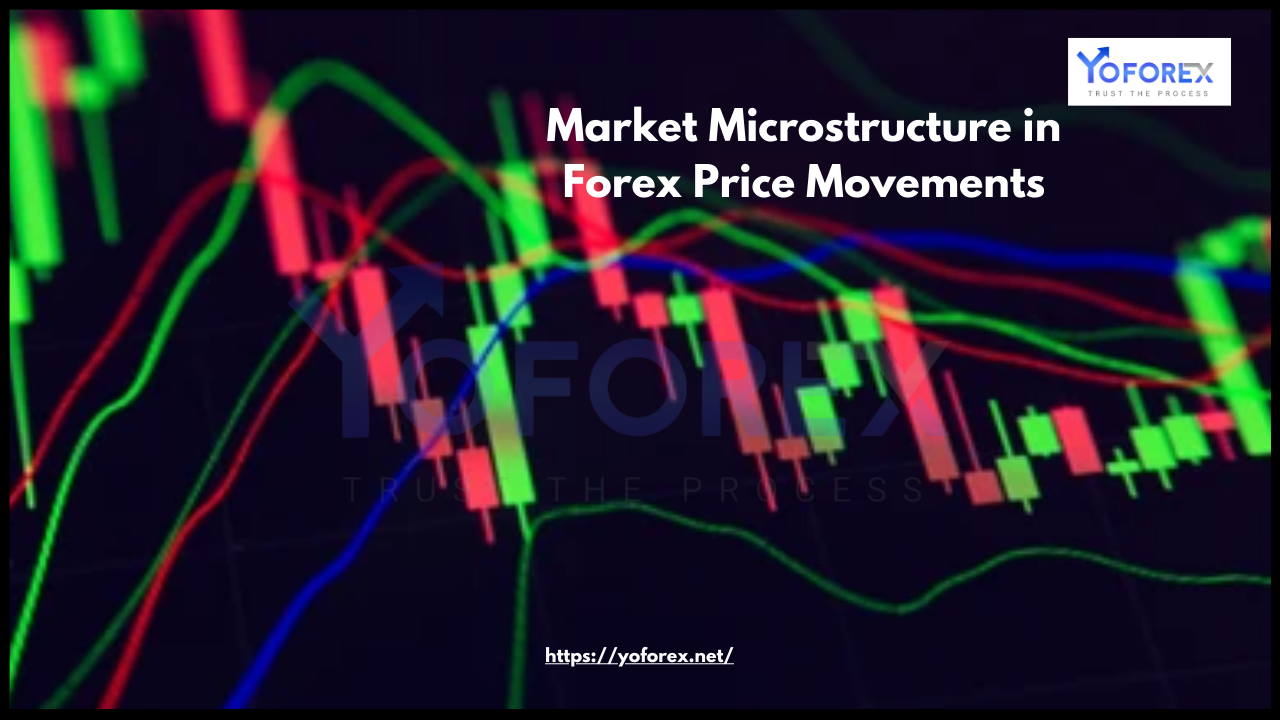Market microstructure is a crucial concept in forex trading that explains how prices are formed, how orders are executed, and how liquidity impacts the foreign exchange (forex) market. Understanding market microstructure helps traders and investors gain insights into price movements, liquidity dynamics, and the behavior of different market participants. In this article, we will explore the key elements of forex market microstructure, how it influences price movements, and its implications for traders.
What is Market Microstructure?
Market microstructure refers to the mechanics and processes that govern trading activity in financial markets. It includes factors such as order types, execution methods, bid-ask spreads, market liquidity, and the role of market makers. In forex trading, market microstructure provides a framework for understanding how currency prices are determined in real-time through supply and demand forces.
Key Components of Forex Market Microstructure
1. Market Participants
The forex market consists of various participants, each with different trading objectives. The key players include:
- Central Banks: Influence exchange rates through monetary policies, interventions, and interest rate decisions.
- Commercial Banks: Act as major liquidity providers and execute large forex transactions for clients.
- Institutional Investors: Hedge funds, pension funds, and asset managers trade forex for investment and hedging purposes.
- Retail Traders: Individual traders who participate via online forex brokers.
- Market Makers: Provide liquidity by quoting bid and ask prices and facilitating order execution.

2. Order Types and Execution
Traders use different order types to execute trades in the forex market:
- Market Orders: Executed immediately at the best available price.
- Limit Orders: Placed at a specified price, executed only if the market reaches that price.
- Stop Orders: Triggered when the market reaches a predetermined level, helping traders limit losses or capture trends.
- Liquidity Providers and Market Makers: They help facilitate trading by quoting continuous bid and ask prices.
3. Bid-Ask Spread and Liquidity
The bid-ask spread is the difference between the highest price a buyer is willing to pay (bid) and the lowest price a seller is willing to accept (ask). The spread reflects market liquidity and trading costs:
- Tight Spreads: Indicate high liquidity and efficient price discovery.
- Wide Spreads: Suggest lower liquidity and higher trading costs, often occurring during market volatility or low trading hours.
4. Order Flow and Price Discovery
Order flow represents the buying and selling activity in the market. The impact of order flow on price movements is critical in market microstructure:
- Aggressive Buying (High Demand): Leads to higher prices.
- Aggressive Selling (High Supply): Drives prices lower.
- Order Book Dynamics: The order book shows buy and sell orders at different price levels, influencing short-term price changes.
How Market Microstructure Affects Forex Price Movements
1. Liquidity and Volatility
- High liquidity results in smooth price movements with smaller fluctuations.
- Low liquidity can lead to erratic price swings, particularly during major news releases or market-opening sessions.
2. Slippage and Order Execution
- Fast-moving markets can cause slippage, where trades are executed at a different price than expected.
- Market orders are more prone to slippage compared to limit orders.
3. Impact of News and Economic Data
- High-impact economic events (e.g., NFP, interest rate decisions) can cause rapid price changes due to sudden shifts in order flow.
- Traders monitor economic calendars to anticipate market reactions.
4. High-Frequency Trading (HFT) and Algorithmic Strategies
- HFT firms use algorithms to execute trades at lightning speed, capitalizing on small price inefficiencies.
- Algorithmic trading influences price behavior, liquidity distribution, and market depth.
Practical Implications for Forex Traders
1. Understanding Market Hours and Liquidity Zones
- The forex market operates 24 hours a day, with different sessions impacting liquidity:
- Asian Session: Lower liquidity, smaller price movements.
- London Session: High liquidity, major price swings.
- New York Session: Overlaps with London, leading to increased volatility.
2. Monitoring Order Book and Depth of Market (DOM)
- Traders can analyze order books to anticipate price movements based on supply and demand levels.
- Depth of Market (DOM) provides insights into large order placements and potential support/resistance levels.
3. Managing Slippage and Execution Risks
- Using limit orders instead of market orders can help control slippage.
- Trading during high-liquidity periods reduces the risk of poor order execution.
4. Leveraging Liquidity Pools and Dark Pools
- Institutional traders use dark pools to execute large orders without impacting market prices.
- Understanding liquidity pools can help traders identify hidden buying and selling pressure.
Conclusion
Market microstructure plays a vital role in forex price movements by influencing liquidity, order execution, and price discovery. Traders who understand these dynamics can make more informed decisions, optimize their trading strategies, and mitigate risks. By analyzing bid-ask spreads, order flow, and market depth, forex traders can gain a deeper insight into how prices behave and develop strategies to capitalize on market inefficiencies.
Stay Updated & Download: https://yoforex.net/market-microstructure-in-forex-price-movements/
😎 Happy Trading 😎

